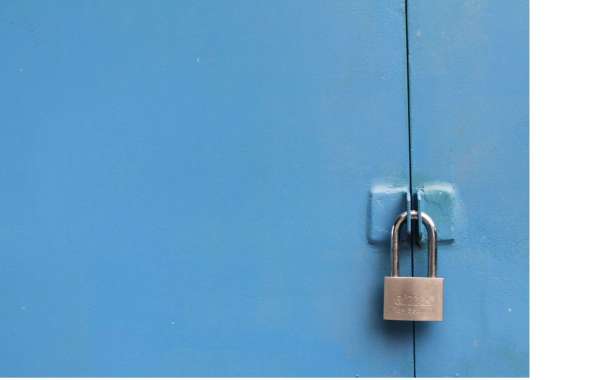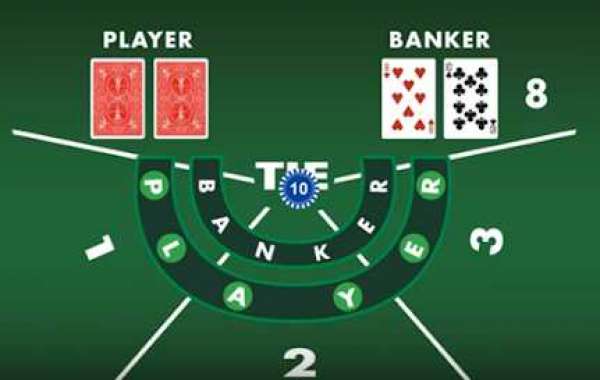Sciatica is a common condition that causes pain, numbness, or tingling down the leg due to compression or irritation of the sciatic nerve. This nerve, the longest in the body, runs from the lower back down through the hips and legs. When pressure is applied to this nerve, it can lead to intense pain, which may affect one’s ability to move or perform daily activities. One of the most effective non-surgical treatments for sciatica is spinal decompression. In this article, we will explore the numerous benefits of spinal decompression treatment for sciatica and how it can help individuals find relief from this often debilitating condition.
Understanding Sciatica and Its Causes
Before diving into the benefits of spinal decompression, it’s important to understand the root causes of sciatica. Sciatica typically occurs when the sciatic nerve is compressed, often due to conditions such as:
Herniated or Bulging Discs: When a disc in the spine bulges or ruptures, it can press on the sciatic nerve, causing pain that radiates down the leg.
Spinal Stenosis: This condition involves the narrowing of the spinal canal, putting pressure on the nerves, including the sciatic nerve.
Degenerative Disc Disease: As discs age, they can lose their ability to cushion the vertebrae, leading to compression of the nerves.
Spondylolisthesis: This occurs when a vertebra slips out of its proper position, putting pressure on the nerve roots.
For individuals suffering from sciatica, finding an effective treatment to relieve nerve compression and alleviate symptoms is crucial for improving quality of life. One of the most promising treatments for this condition is spinal decompression.
1. What Is Spinal Decompression Treatment?
Spinal decompression is a non-invasive therapy that involves gently stretching the spine to relieve pressure on the discs and nerves. It works by creating a negative pressure within the discs, helping to draw the displaced disc material back into place and creating space between the vertebrae. This can alleviate pressure on the sciatic nerve and promote healing.
The procedure is typically performed using a mechanical decompression table, where the patient is positioned in a way that allows for gentle stretching of the spine. This treatment helps to improve circulation, reduce inflammation, and restore the health of the spinal discs.
2. How Spinal Decompression Relieves Sciatica Pain
The primary benefit of spinal decompression is its ability to relieve pressure on the sciatic nerve, which directly reduces pain and discomfort associated with sciatica. Here’s how spinal decompression helps with sciatica:
Reducing Nerve Compression
One of the main causes of sciatica is nerve compression, usually from a herniated disc or bone spurs pressing on the sciatic nerve. Spinal decompression therapy works by creating space between the vertebrae and discs, which helps relieve the pressure on the nerve. As the pressure on the sciatic nerve decreases, the pain associated with sciatica often diminishes as well.
Restoring Disc Health
Herniated or bulging discs often play a significant role in sciatica pain. When a disc bulges, it can push on the surrounding nerves, leading to pain, numbness, and tingling. Spinal decompression encourages the retraction of the bulging disc, helping to reduce the pressure on the sciatic nerve. The therapy also promotes the movement of nutrient-rich fluids into the discs, helping to rehydrate and repair damaged tissue.
Improving Blood Flow and Circulation
Spinal decompression also improves blood flow to the affected area, which can help reduce inflammation and promote healing. Increased circulation delivers oxygen and nutrients to the discs and nerves, aiding in tissue repair and recovery. This enhanced blood flow can significantly reduce sciatica-related pain and stiffness.
3. The Long-Term Benefits of Spinal Decompression for Sciatica
While many treatments for sciatica provide temporary relief, spinal decompression offers long-term benefits that can help prevent the recurrence of pain. Here are some of the long-term advantages of choosing spinal decompression:
Non-Surgical Relief
Unlike traditional surgeries, spinal decompression is a non-invasive procedure that doesn’t require incisions or lengthy recovery times. Many individuals suffering from sciatica are hesitant to undergo surgery due to the risks, complications, and recovery periods associated with it. Spinal decompression provides an effective, non-surgical option to manage and alleviate sciatica symptoms.
Reduced Dependence on Medication
Chronic sciatica often leads individuals to rely on pain medications for relief. While these medications may offer temporary relief, they don’t address the underlying cause of the pain. Over time, individuals may become dependent on painkillers, which can have negative side effects. Spinal decompression, on the other hand, targets the root cause of sciatica by relieving pressure on the sciatic nerve and promoting healing. This helps reduce the need for long-term medication use and its associated risks.
Improved Mobility and Function
Sciatica can significantly impact an individual’s ability to move freely, making everyday tasks like walking, sitting, and standing painful. Spinal decompression treatment can restore mobility by reducing pain and improving spinal alignment. As pain diminishes and function improves, individuals often experience an enhanced quality of life, regaining their ability to engage in activities they once enjoyed.
Prevention of Further Damage
By addressing the underlying causes of sciatica, such as herniated discs or degenerative disc disease, spinal decompression helps prevent further damage to the spine. Regular decompression therapy can maintain spinal health and reduce the likelihood of the condition worsening over time, providing individuals with lasting relief and protection from future problems.
4. The Safety and Comfort of Spinal Decompression
For many people considering spinal decompression, one of the most appealing factors is the safety and comfort of the procedure. Unlike surgery, spinal decompression is non-invasive and typically requires no anesthesia. Most patients report minimal discomfort during treatment, with the sensation described as a gentle stretch or pull on the spine. The procedure is performed under the supervision of a trained specialist, ensuring that it is both safe and effective.
Additionally, spinal decompression therapy is customized to each patient’s specific needs. Treatment plans are tailored to address the severity of the sciatica and the condition of the spine. This personalized approach ensures that the therapy is both safe and effective for each individual.
5. Who Can Benefit from Spinal Decompression for Sciatica?
Spinal decompression is suitable for many individuals suffering from sciatica, but it is particularly effective for those dealing with disc-related issues. Some of the most common conditions that can benefit from spinal decompression include:
Herniated Discs: When a disc bulges or ruptures, it can press on the sciatic nerve. Spinal decompression helps retract the disc and relieve pressure on the nerve.
Degenerative Disc Disease: As discs wear down over time, they can lose their ability to cushion the vertebrae, leading to nerve compression. Spinal decompression helps restore disc function and alleviate symptoms.
Spinal Stenosis: The narrowing of the spinal canal can put pressure on the sciatic nerve, leading to pain and numbness. Spinal decompression helps to open up the spinal canal, reducing nerve compression.
Spondylolisthesis: When a vertebra slips out of place, it can put pressure on nearby nerves, including the sciatic nerve. Spinal decompression can help realign the vertebrae and reduce pressure on the nerve.
While spinal decompression is highly effective for many people with sciatica, it may not be suitable for individuals with certain medical conditions, such as osteoporosis or severe spinal fractures. It is essential to consult with a healthcare provider to determine if spinal decompression is appropriate.
Restoring Health and Relieving Pain
Sciatica can be a frustrating and painful condition, but spinal decompression treatment offers an effective, non-invasive solution for managing and relieving symptoms. By reducing pressure on the sciatic nerve, promoting disc hydration, and improving circulation, spinal decompression can provide long-term relief from sciatica-related pain.
For individuals in need of specialized care for sciatica, Knecht Chiropractic Clinic offers tailored spinal decompression treatments designed to address the underlying causes of sciatica and provide lasting relief. If you’re struggling with sciatic nerve pain, don’t wait contact Knecht Chiropractic Clinic today to learn more about how spinal decompression can help you regain control over your health and enjoy a pain-free life.







